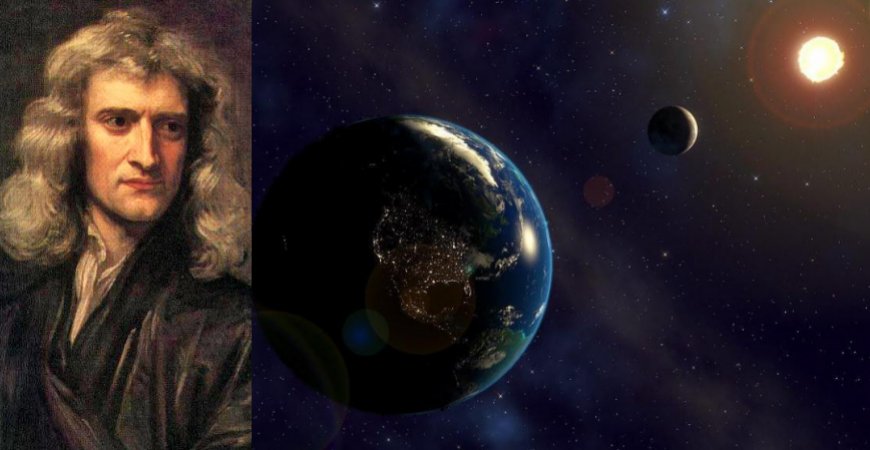

Mathematically, the unification of natural science can be described by structures of symmetry, the specialization of science, the variety, and emergence of new phenomena by symmetry breaking. Biology tries to reduce the processes of life to biochemical and biophysical laws. Chemistry tries to explain the structure of chemical substances by the quantum mechanics of molecules.

In spite of their growing specialization, modern natural sciences intend to reduce their theories to some fundamental structures: Physics tries to unify the different physical forces in one fundamental force. An account of laws is developed in the face of Mumford's claim that neither dispositional essentialism nor science has need of laws. It is held that laws are metaphysically contingent whereas dispositional essentialism makes them necessary it is argued that the contingency of laws is an illusion. Geometrical and other 'structural' properties are raised as counterexamples, being properties that seem categorical it is argued that this is the case only if one takes a particular view of the role of spacetime in physical theories.

For example it is claimed that if all properties are potencies, then a vicious regress ensues it is shown that this does not follow. Other potential criticisms are raised and the view defended against them. The relationship between potencies and modality, and also intentionality is explored. This account has advantages over the regularity and nomic necessitation accounts associated with Lewis and Armstrong, while the dispositional essentialist view of properties has corresponding advantages over the categoricalist view of properties, according to which properties are quidditistic and do not have qualitative essences, merely primitive identity and difference. A distinctive feature of this account is that it ensures that the laws of nature are metaphysically necessary. After explaining this proposal, the book goes on to show how this accounts for the existence of the laws of nature. It is argued that fundamental natural properties have dispositional essences - they are potencies (pure powers). What are the laws of nature, and what explains their existence? This book develops the proposal that the laws of nature are grounded in the essences of properties.


 0 kommentar(er)
0 kommentar(er)
